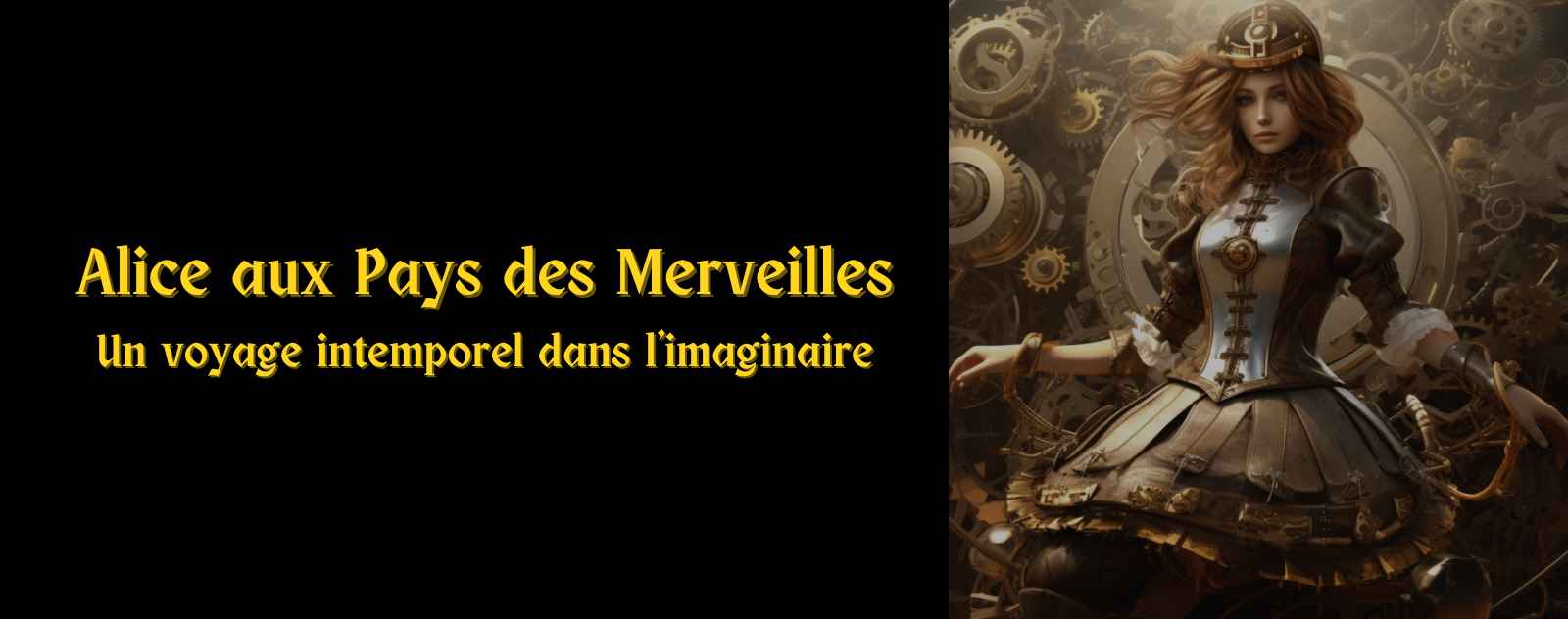
Cosplay represents a worldwide phenomenon of unprecedented scope and cultural significance. By ingeniously blending popular culture, artistic creativity, and personal expression, cosplay has successfully captured the imagination of millions of enthusiasts across the globe, transcending geographical boundaries and cultural barriers to create a truly universal language of creative interpretation.
As cultural theorist Henry Jenkins observes in his seminal work on participatory culture, cosplay exemplifies the democratization of creative production, where audiences transform from passive consumers into active creators and interpreters of cultural texts.
The Foundational Principles of Cosplay

Defining the Cosplay Phenomenon
Cosplay, a portmanteau of the English words "costume" and "play," represents a sophisticated form of performance art wherein practitioners embody and interpret characters from diverse media sources. This practice transcends simple masquerade, evolving into a complex cultural phenomenon that encompasses artistic creation, identity exploration, and community engagement.
The art of cosplay functions as a multidisciplinary endeavor requiring mastery across numerous creative domains. Practitioners must demonstrate proficiency in costume construction, makeup artistry, hair styling, prop fabrication, and character interpretation. This comprehensive skill set transforms cosplay into a legitimate form of artistic expression that demands both technical expertise and creative vision.
The source material for cosplay derives from an expansive spectrum of popular culture, including graphic novels, manga, anime series, cinematographic works, video games, musical performances, and literary works. Cosplayers—the dedicated practitioners of this art form—typically strive to achieve meticulous accuracy in their character recreations, though some embrace more interpretive or innovative approaches that reflect personal artistic vision.
Distinguishing Cosplay from Conventional Costume
The distinction between cosplay and traditional costuming mirrors Roland Barthes' analysis of signs and signifiers in cultural texts. While conventional costumes serve as mere signifiers of generic concepts, cosplay creates complex semiotic relationships between performer, character, and audience.
While both cosplay and traditional costuming involve donning alternative attire, cosplay demonstrates significantly greater specificity and attention to detail. Cosplayers dedicate extensive time and resources to achieving faithful recreations of particular characters, often investing months in research, planning, and construction. Traditional costumes, conversely, typically serve more generalized purposes for occasions such as Halloween festivities or themed gatherings, prioritizing entertainment value over accuracy.
Historical Evolution and Cultural Development
The contemporary understanding of cosplay possesses deep historical roots within popular culture movements, representing an evolution of fan expression that has continuously adapted to changing technological and social contexts.
Ancestral Origins
Although the terminology "cosplay" originated in Japan, the practice of embodying fictional characters predates this linguistic innovation considerably. Historical precedents can be traced to early 20th-century science fiction conventions in the United States, where passionate enthusiasts began appearing as characters from their beloved literary works, establishing the foundational practices that would eventually evolve into modern cosplay culture.
Genesis of Contemporary Cosplay
The modern cosplay movement crystallized in 1980s Japan when journalist Nobuyuki Takahashi attended an American science fiction convention. Profoundly inspired by the creative expressions he witnessed, Takahashi introduced this concept to Japan, where it was enthusiastically embraced by anime and manga communities, ultimately developing into the sophisticated art form we recognize today.
Continuous Evolution and Innovation
Contemporary cosplay continues to evolve through innovative trends including crossplay (embodying characters of different genders), genderbend (reimagining characters with altered gender presentations), and gijinka (humanizing non-human characters). This demonstrates cosplay's status as a living, breathing art form that continuously welcomes new practitioners and creative interpretations.
Motivational Frameworks in Cosplay Practice
Research Insight: According to recent ethnographic studies, cosplay participation is motivated by multiple interconnected factors including creative self-expression, fandom appreciation, community belonging, skill development, and competitive achievement.
Participants engage in cosplay for multifaceted reasons that reflect both personal and social motivations. Primarily, cosplay provides a powerful medium for creative self-expression, allowing individuals to explore artistic capabilities while honoring beloved fictional universes from films, television series, anime, or video games. Additionally, cosplay fosters community connection and belonging through shared passion with like-minded enthusiasts.
The practice also presents intellectually stimulating challenges that require diverse skill sets for costume creation, while offering opportunities for recognition through competitive cosplay events. These varied motivations contribute to cosplay's appeal across diverse demographic groups and cultural contexts.
Curatorial Approaches to Costume Selection

Character Selection Methodology
Your inaugural venture into cosplay practice should be fundamentally guided by genuine passion and personal connection. Which character resonates most profoundly with your aesthetic sensibilities? With whom do you identify most strongly, or whom do you most admire? Character sources may encompass manga, anime series, video games, graphic novels, cinematographic works, or literary texts. The paramount consideration is selecting a character that genuinely motivates you, as sustained enthusiasm will prove essential for overcoming the inevitable challenges encountered during costume creation.
Alice in Wonderland: A Timeless Journey into Imagination
Research Methodology and Reference Collection
Following character selection, the subsequent phase involves comprehensive reference material compilation. This scholarly approach should encompass character imagery from multiple perspectives, textual descriptions, and interpretive fan artworks. These references facilitate detailed costume understanding and strategic construction planning. Additionally, investigating previous cosplay interpretations of your chosen character can provide valuable insights and inspiration for your own creative approach.
Financial Planning for Cosplay Projects
Costume creation represents a potentially significant financial investment, necessitating careful budgetary planning. Begin by estimating material costs for your costume, alongside additional expenses such as construction tools, sewing supplies, makeup products, wigs, and appropriate footwear. Prudent planning includes allocating contingency funds for unexpected expenses.
Importantly, cosplay should remain an enjoyable recreational pursuit rather than a financial burden. Exceptional costumes can be achieved through ingenuity and creativity rather than substantial monetary investment, demonstrating that artistic vision often proves more valuable than expensive materials.

Understanding Steampunk Cosplay Culture
Steampunk cosplay draws inspiration from the literary steampunk genre, representing a sophisticated subgenre of science fiction and fantasy that imagines technologically advanced societies based upon 19th-century steam-powered technology. Steampunk cosplay is characterized by retrofuturistic aesthetics that ingeniously blend Victorian fashion elements, mechanical accessories, and industrial-era inspired details.
Taxonomies of Steampunk Cosplay
Like the steampunk genre itself, steampunk cosplay encompasses numerous sophisticated sub-genres, each with distinct aesthetic and cultural characteristics.
Dieselpunk Aesthetics
This sub-genre draws inspiration from interwar period aesthetics, incorporating influences ranging from Art Deco design to film noir cinematography. Dieselpunk costumes may feature stylized military uniforms, aviator attire, and substantial mechanical accessories that reflect the industrial might of the early 20th century.
Cyberpunk Styling
While distinct from steampunk, cyberpunk shares an appreciation for retrofuturistic technology. Cyberpunk costumes typically feature contemporary, high-tech elements with aesthetics inspired by science fiction literature and hacker culture, creating a distinctly modern technological narrative.
Victorian Steampunk
This sub-genre emphasizes authentic Victorian aesthetics, creating costumes that could conceivably pass for historical garments if not for distinctive steampunk elements such as protective goggles, visible gears, and mechanical devices that transform period accuracy into speculative fiction.
Post-Apocalyptic Steampunk
This variant imagines post-catastrophe worlds where survivors must construct improvised gadgets and clothing from salvaged materials. Post-apocalyptic steampunk costumes often appear weathered, distressed, and improvised, emphasizing resourcefulness and survival ingenuity.
These examples represent only a fraction of steampunk cosplay's diversity and creative potential. The sole limitation remains the practitioner's imagination and artistic vision!
Convention Participation and Community Engagement

Strategic Convention Preparation
Successful convention participation requires comprehensive preparation extending beyond costume completion. Essential items include hydration supplies, nutritious snacks, adequate funding, personal necessities, and a costume emergency repair kit. Strategic planning should encompass scheduling for various events, panels, and photography sessions you wish to attend, ensuring optimal convention experience.
Convention Protocols and Community Etiquette
Convention etiquette reflects Jürgen Habermas's concept of communicative action—creating spaces where participants can engage in meaningful dialogue and mutual understanding through shared cultural practices and respect for individual agency.
Each convention establishes specific guidelines essential for ensuring positive experiences for all participants. These regulations may address behavioral expectations, acceptable costume types, and permitted accessories. Convention etiquette encompasses respecting fellow participants, obtaining explicit consent before physical contact or photography, and maintaining respectful behavior toward venues and facilities.
Competitive Cosplay Participation
Many conventions host cosplay competitions where participants can showcase their costumes and potentially earn recognition. Competition participation requires advance registration and preparation for stage presentation, which may include developing performance routines, mastering costume details for judging questions, and cultivating confidence for public presentation before audiences.
Social and Cultural Impact Analysis

Cosplay as Global Community Formation
Cosplay has catalyzed the formation of a dynamic, diverse global community characterized by mutual support in creative endeavors and shared appreciation for character narratives and fictional universes. This community transcends geographical and cultural boundaries, providing inclusive spaces where individuals can express passion and creativity while forming meaningful connections with like-minded enthusiasts worldwide.
Cosplay's Influence on Contemporary Popular Culture
Media scholar Nancy Baym argues that fan practices like cosplay represent a fundamental shift from passive media consumption to active cultural production, democratizing creative expression and challenging traditional boundaries between producers and consumers.
Cosplay exerts increasing influence on mainstream popular culture, frequently featured in media coverage and major events that highlight the growing significance of geek culture and fictional narratives. Cosplay has inspired various industries, including fashion and advertising, while contributing to more interactive and participatory popular culture experiences.
Cosplay as Identity Expression and Exploration
Cosplay provides unique opportunities for personal identity expression, enabling individuals to connect with inspiring characters and stories while sharing aspects of their identity through character selection and interpretation. Through cosplay practice, individuals can explore different personality facets, express creativity, and affirm their identity within welcoming, supportive community environments.
Future Trajectories in Cosplay Evolution

Emerging Technological and Cultural Trends
Cosplay continues evolving alongside advancing technologies and shifting cultural paradigms. Notable developments include widespread adoption of 3D printing technology for creating detailed, customized accessories and props. Similarly, social media platforms and streaming services have revolutionized how cosplayers share photographs, videos, and tutorials, expanding community reach and educational resources.
We observe increasing diversity within cosplay communities, with broader representation across gender identities, ethnicities, and body types in character selection and interpretation, reflecting growing inclusivity and cultural awareness within the community.
Cosplay's Significance in an Evolving Society
Within rapidly evolving contemporary society, cosplay maintains crucial significance by providing accessible creative expression and cultural escapism. It enables active, personal engagement with popular culture while fostering supportive communities where individuals can share passions and develop creative skills. As our world becomes increasingly digital and interconnected, cosplay will likely continue developing and adapting, reflecting societal trends and technological innovations while maintaining its core values of creativity, community, and self-expression.
Cosplay represents a unique art form that facilitates individual expression while honoring beloved fictional characters. By bringing together people from diverse backgrounds, cosplay continues to inspire through its creativity, dedication, and inclusive community spirit that celebrates both technical skill and imaginative interpretation.
We encourage you to explore our comprehensive collection and various categories to select items such as wigs, capes, dresses, belts, or elegant steampunk hats to enhance your cosplay journey and creative expression.
Academic References
- "Cosplay: A Global Phenomenon and Cultural Analysis." Journal of Popular Culture Studies, 2022.
- "The Art of Cosplay: Costume Design, Performance, and Identity Construction." International Cosplay Review, 2023.
- "Cosplay: The Performance of Self in Digital Age Communities." Media, Culture & Society, 2023.
- Jenkins, Henry. Participatory Culture in a Networked Era. Cambridge: Polity Press, 2023.
- Baym, Nancy K. Personal Connections in the Digital Age. Cambridge: Polity Press, 2022.
This comprehensive analysis has been crafted by a passionate American scholar of steampunk cosplay culture, dedicated to exploring and sharing the wonders of this extraordinary universe. Join us in delving deeper into the fascinating world of cosplay and creative expression!








